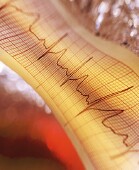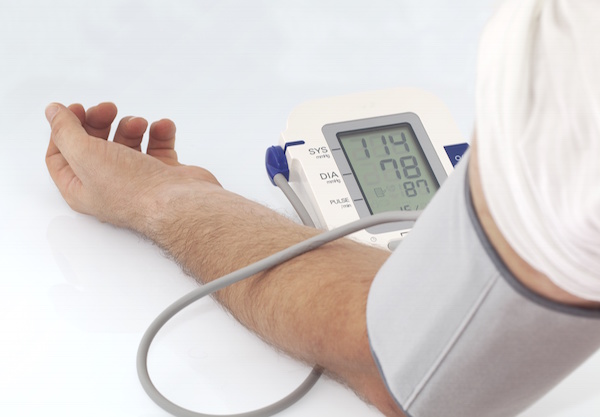
TUESDAY, April 16 (HealthDay News) — Faster heart rates in otherwise healthy men could be a harbinger of an earlier death, even among those who exercise, a new Danish study suggests.
The finding provides more evidence of the potential danger lurking in the bodies of both men and women who have rapid pulses when they’re not exercising.
Should you be worried if your heart rate is high? Maybe, said study author Dr. Magnus Thorsten Jensen, a cardiologist at Copenhagen University Hospital Gentofte. “A high heart rate does not necessarily mean disease,” he said. “But we know that there is a very strong and significant association between high heart rate and life expectancy.”
According to previous research by Jensen and his colleagues, people with resting pulses of 80 beats per minute die four to five years earlier than those with pulses of 65 beats per minute. “To put that into perspective, it is the same difference in life expectancy, in the same individuals, as having a lifetime cancer diagnosis or not,” he said.
Researchers have known about a link between heart rate and life expectancy for more than a decade. Normally, physically fit people have lower heart rates and those who don’t exercise much have higher heart rates. That raises the issue of whether higher heart rates simply reflect the heart-unfriendly lifestyles of couch potatoes.
The new study aimed to answer this question: Does a higher resting heart rate translate to an earlier death even among those who are healthy and exercise regularly? The researchers found that the answer is yes, suggesting that “resting heart rate is not just a marker of fitness level, but an independent risk factor,” Jensen said.
The findings are based on an analysis of nearly 2,800 men who were followed for 16 years beginning in 1970, when they were middle-aged.
The researchers adjusted their statistics so they wouldn’t be skewed by factors such as high or low numbers of men of certain ages or habits. After the adjustment, they found that the risk of death increased by 16 percent for each 10-beat-per-minute increase in resting heart rate.
The situation for women shouldn’t be much different since previous heartbeat research has included them and found similar findings, Jensen said.
Jensen suspects that the higher heart rates are the first signs of underlying disease, such as heart disease, lung disease or diabetes.
Dr. Gregg Fonarow, a professor of cardiology at the University of California, Los Angeles, said physicians are aware of the risk of higher heart rates, and monitor patients for them and make suggestions. “Increasing physical activity and decreasing periods of sitting can lower heart rate and lower cardiovascular risk,” he said. “Stopping smoking can lower heart rate.” And medication can help in some cases.
Popular heart drugs like beta blockers, however, “are generally reserved for those individuals with hypertension, arrhythmias or established cardiovascular disease,” said Fonarow, who was not involved in the study.
What’s next? Jensen said the normal range of heart rates at rest — 60 to 100 beats per minute — should be reconsidered, since the higher range appears to be a sign of poor health.
The study appears online April 15 in the journal Heart.
More information
For more about heart disease, try the U.S. National Library of Medicine.

